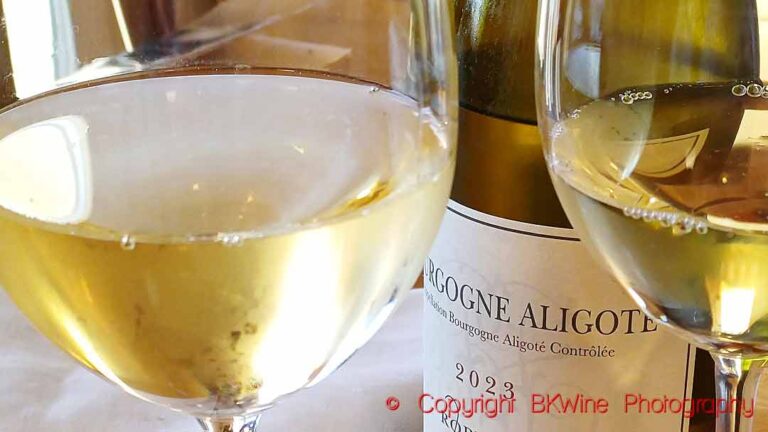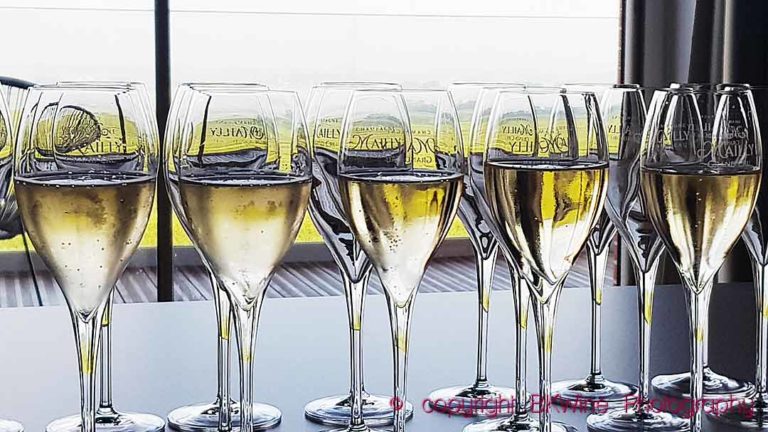Climate change is having an impact on the global wine geography, says the French wine magazine Mon Viti. There are losers and winners, and one of the winners is Sweden. They take, as an example, the Swedish winery Kullabergs Vingård in Skåne.
They have interviewed its owner K Felix G Åhrberg, who starts by assuring the French that it is not freezing cold everywhere in Sweden. Vines are grown in the southern part of the country, far from polar temperatures, mainly along coastal regions, he says. “We have hardly any snow and no harsh temperatures in the winter; the summers are quite dry, but the biggest problem remains, the early spring frosts, as elsewhere.”
He talks about the grapes, which to a large extent are resistant hybrids, developed in Germany. Solaris is the most common grape for white wine. Rondo is a widespread red wine grape. But chardonnay, riesling, cabernet franc, merlot and pinot noir are also planted.
At present, the Swedish vine surface is estimated at 100 hectares. With its 14 hectares, Kullabergs Vingård is one of the larger wineries. “We would like to double our surface to 30 hectares,” says Felix. “But climate change is also risky. We will probably have more ‘weather accidents’ such as hail, drought or heavy rainstorms.“











